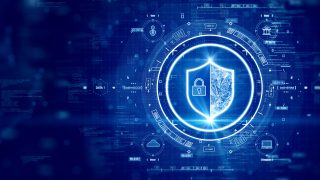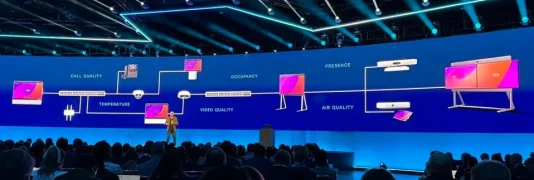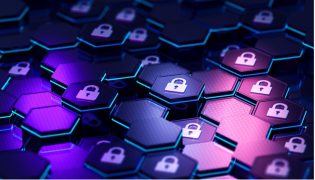- Pen-computing is knighted the “next big thing”
- The entire high-tech value chain including semi’s, ISVs, ODM, OEM, and distribution invests heavily
- Products get shown at CES, PC Expo, and Comdex
- Products emerge with very few pen-centric applications
- Product sales-in to channels meet minimum expectations
- Product sales-out of channels fail to meet expectations and get blown-out at rock bottom prices
- The industry retreats, folds its tents, and chases another shiny new thing
- In five years, go to step 1 and repeat.
- Annotations: If you are viewing anything on the HTC Flyer, click the pen to the screen and it takes a screen shot. This included web sites, applications, and even photos.
- Notes Program: HTC preinstalls the “Notes” app, a program that can take notes with the pen, text, voice, videos, and even attach files. I believe this is a re-skinned Evernote app with the added pen-inputs as it syncs with Evernote. As you can see on the far-right, it doesn’t improve my handwriting at all.
- Multiple Pen Types: I could choose from multiple pen types, colors, and sizes, all by tapping the pen to an icon in the lower right hand corner of the Flyer. As you can see on the far-right, it doesn’t improve my handwriting either.
- The palm: No other body parts can touch the display, like a palm. Try drawing on any iOS device with your palm resting on the display. Come on… try it.
- Fat finger: On a 7” display, unless you have fingers as skinny as a pencil, they are too imprecise.
- Object recognition: If the tablet can recognize that an object that it “sees” as a pointing device is getting closer and touches the tablet, any object, finger, feather, or ball point pen cap could be the “pen.” Object recognition combines an input sensor and software that identifies what the object is. PixelSenseTM from Microsoft is just one example. Objects could also theoretically be captured and recognized accurately with stereoscopic cameras. Below is a picture I took at CES 2011 of PixelSense object capture in action. This is an image of what the pixels in Microsoft Surface® 2 are seeing.
- Improved touch algorithms: Object recognition is a difficult task but doesn’t solve everything. You identify what something is, but you then need a decision engine that triggers a response. Improved touch algorithms can determine what to do with the finger and ignore the palm of your hand. Or, if it’s a larger display and a painting program, it knows what to do with the palm and the finger simultaneously.
Patrick founded the firm based on his real-world world technology experiences with the understanding of what he wasn’t getting from analysts and consultants. Ten years later, Patrick is ranked #1 among technology industry analysts in terms of “power” (ARInsights) in “press citations” (Apollo Research). Moorhead is a contributor at Forbes and frequently appears on CNBC. He is a broad-based analyst covering a wide variety of topics including the cloud, enterprise SaaS, collaboration, client computing, and semiconductors. He has 30 years of experience including 15 years of executive experience at high tech companies (NCR, AT&T, Compaq, now HP, and AMD) leading strategy, product management, product marketing, and corporate marketing, including three industry board appointments.
- Patrick Moorheadhttps://moorinsightsstrategy.com/author/phfmphfmgmail-com/
- Patrick Moorheadhttps://moorinsightsstrategy.com/author/phfmphfmgmail-com/
- Patrick Moorheadhttps://moorinsightsstrategy.com/author/phfmphfmgmail-com/
- Patrick Moorheadhttps://moorinsightsstrategy.com/author/phfmphfmgmail-com/






















































































